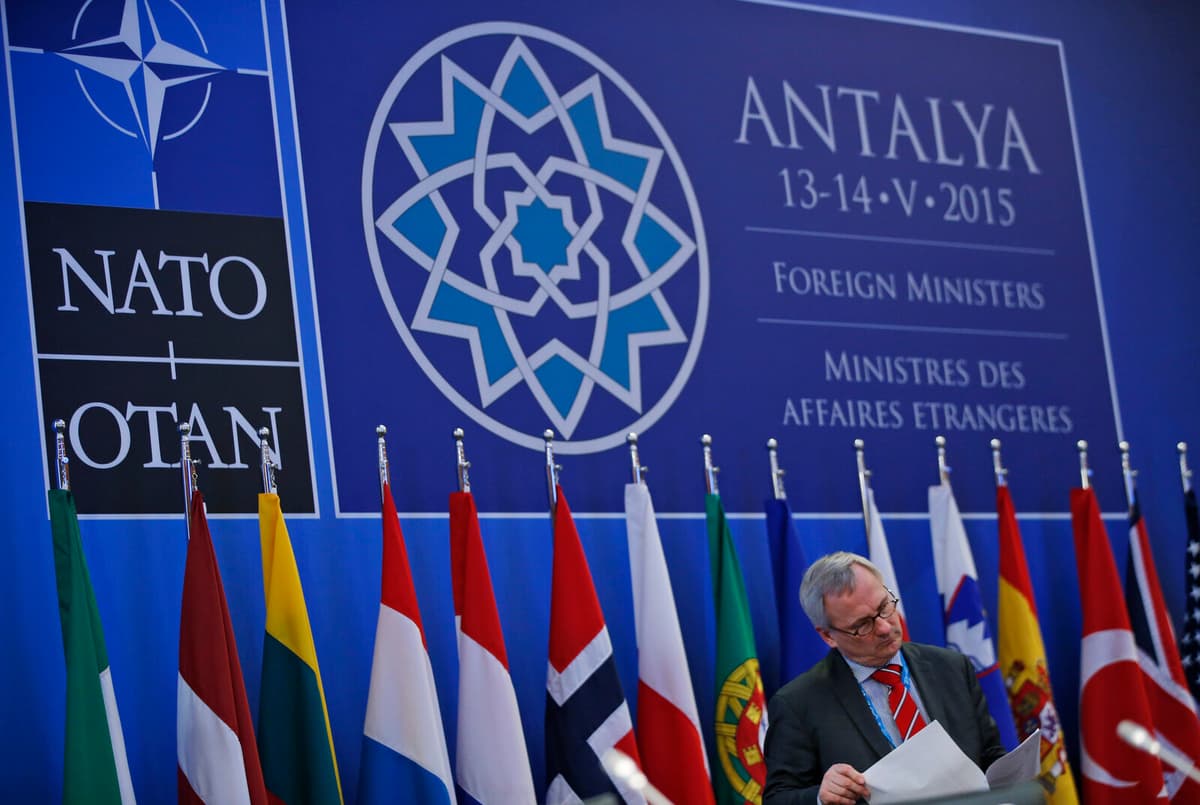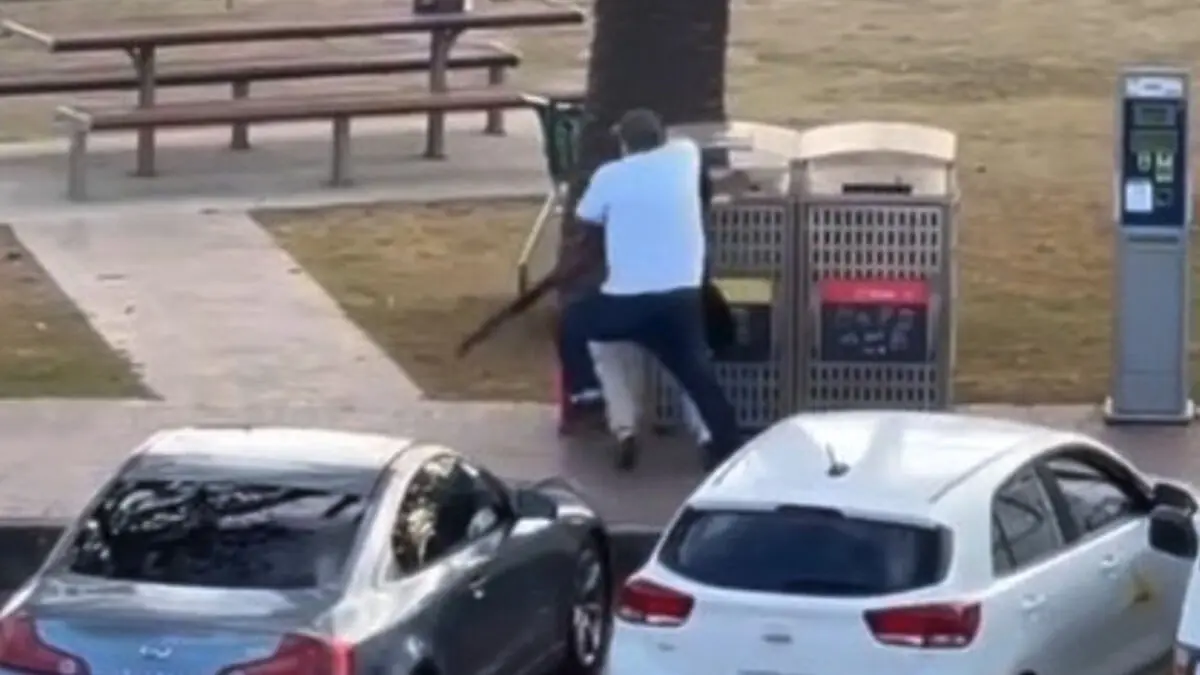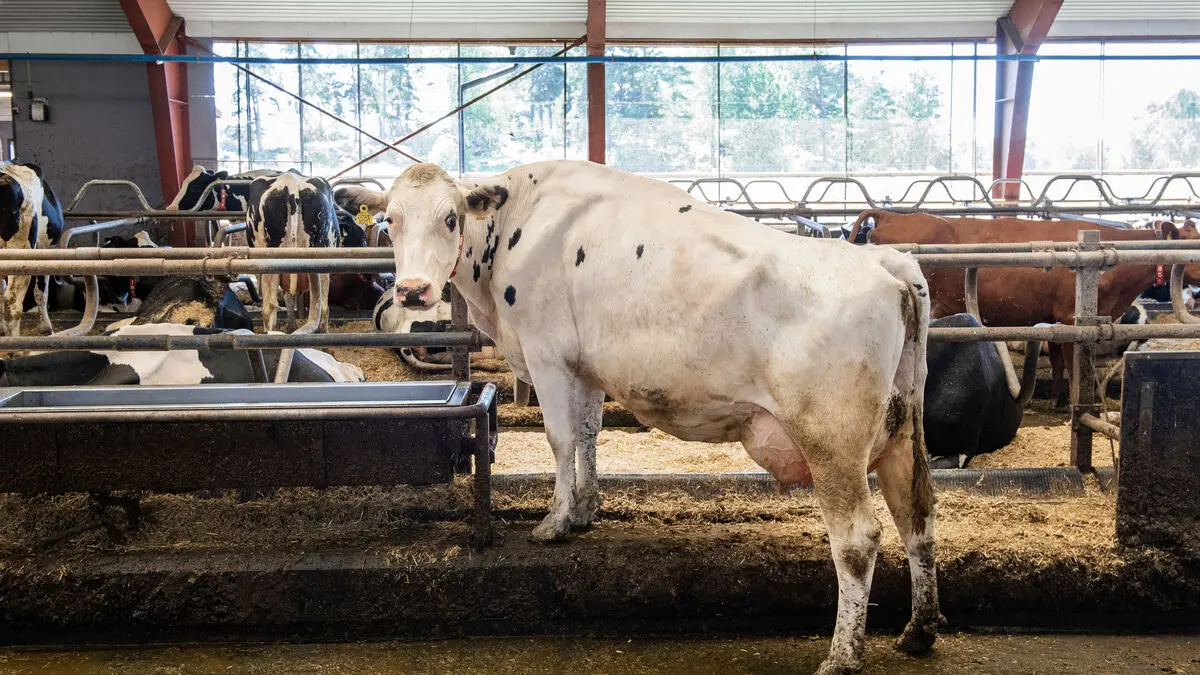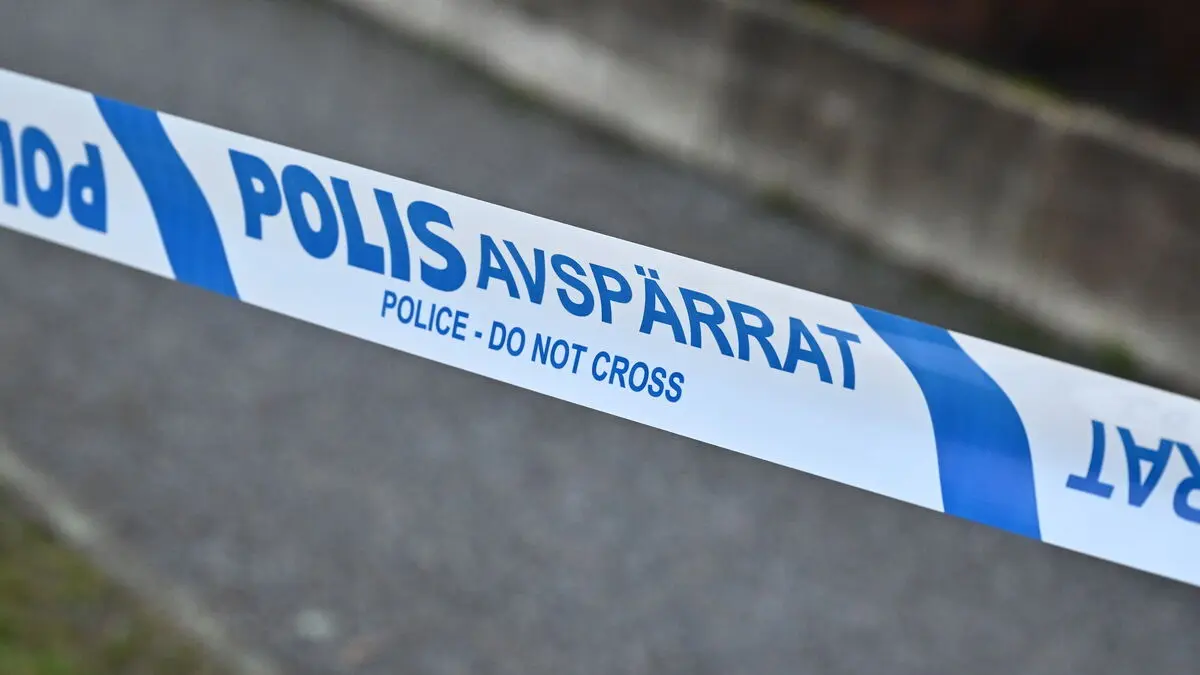The kitschy resort town of Belek, just east of Antalya, is full of vacationing Russians. Yet, it is here that the foreign ministers of NATO countries gather for a formal dinner and two days of informal talks amidst the ongoing war.
It's not least about the percentage. The alliance's goal of countries allocating a minimum equivalent of 2 percent of their GDP to defense has long been deemed insufficient, particularly by US President Donald Trump.
He has instead openly talked about the goal being 5 percent. And although it has been seen as a fantasy figure, much suggests that it is what countries will settle on when the decision is made at the upcoming NATO summit in The Hague in about a month.
Number Tricks
In that case, it will happen with the help of a lot of number gymnastics. According to leaked information, Secretary-General Mark Rutte is expected to propose that NATO countries allocate at least an equivalent of 3.5 percent of their GDP to "traditional" defense expenditures, such as weapons, military personnel, and development.
In addition, all countries will add another 1.5 percent for things like cybersecurity" and infrastructure that are also militarily important – for example, better roads and railways.
This, in turn, paves the way for further number trickery when it comes to determining what can be included in the extra percentage. In EU contexts, Spain is fighting to get certain climate measures counted as expenditures that benefit defense.
Seven Years to Go
Countries like Spain, Italy, and Portugal are among the most hesitant towards defense investments and are also geographically far from Russia.
Rutte is still pushing through, citing the buildup in the east.
We produce together as much ammunition in one year as they (Russia) do in three months, he emphasized at a press conference last week.
Flanking support comes primarily from countries near Russia, not least the Baltic countries and Poland, which are already rapidly approaching the goal of allocating at least 5 percent to defense.
According to reports, Rutte wants NATO countries to meet the new targets by 2032 at the latest.Trump on the Way?
In parallel, Turkey is preparing to host talks between Russia and Ukraine in Istanbul on Thursday – possibly with President Trump as an extra guest.
Maybe he can also be lured to Belek on the way. As it happens, the NATO meeting is being held at a conference facility surrounded by no fewer than three golf courses – designed by former star players like Nick Faldo and Colin Montgomerie.
This is how much NATO countries spend on their defense, as a percentage of GDP:
Poland: 4.07
Estonia: 3.41
Latvia: 3.39
USA: 3.19
Lithuania: 3.11
Greece: 2.99
Denmark: 2.35
United Kingdom: 2.33
Finland: 2.30
Romania: 2.26
Sweden: 2.25
Norway: 2.21
Hungary: 2.13
Germany: 2.10
Turkey: 2.09
Czech Republic: 2.08
Netherlands: 2.06
Albania: 2.04
Bulgaria: 2.04
France: 2.03
North Macedonia: 2.00
Croatia: 1.86
Montenegro: 1.71
Italy: 1.50
Portugal: 1.46
Canada: 1.45
Slovenia: 1.37
Luxembourg: 1.30
Belgium: 1.29
Spain: 1.24
Note: Member number 32, Iceland, has no defense of its own.
Source: NATO Secretary-General's annual report
NATO foreign ministers gather for an informal meeting in Belek, just east of Antalya in southern Turkey, on Wednesday and Thursday.
On Wednesday, only a formal reception will be held at 5 pm Swedish time, followed by a dinner for the ministers.
On Thursday, the meeting begins at 9 am and concludes with a press conference with Secretary-General Mark Rutte at 12 pm.
Turkey – which has been a NATO member since 1952 – will also host a summit for NATO's heads of state and government next year.





